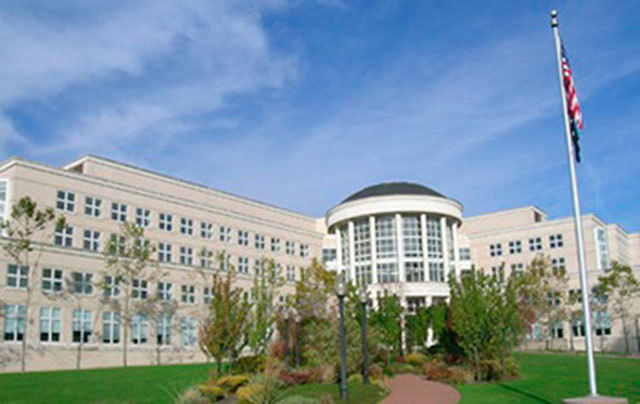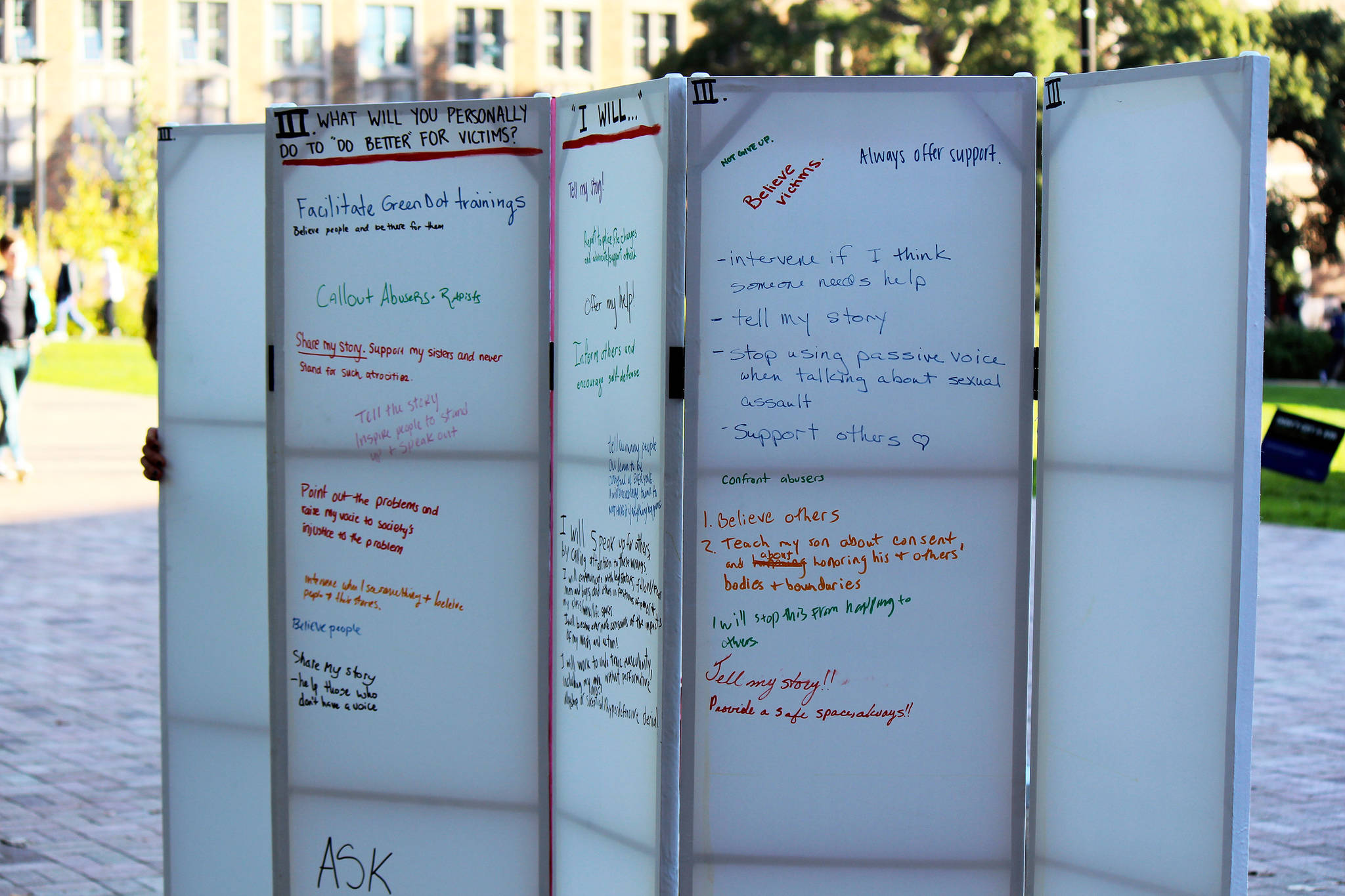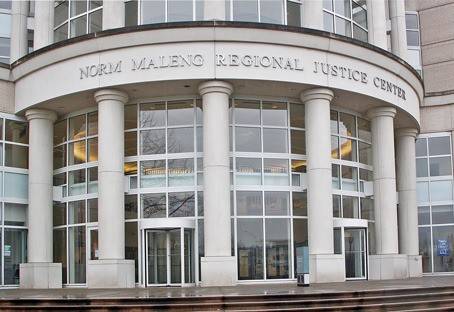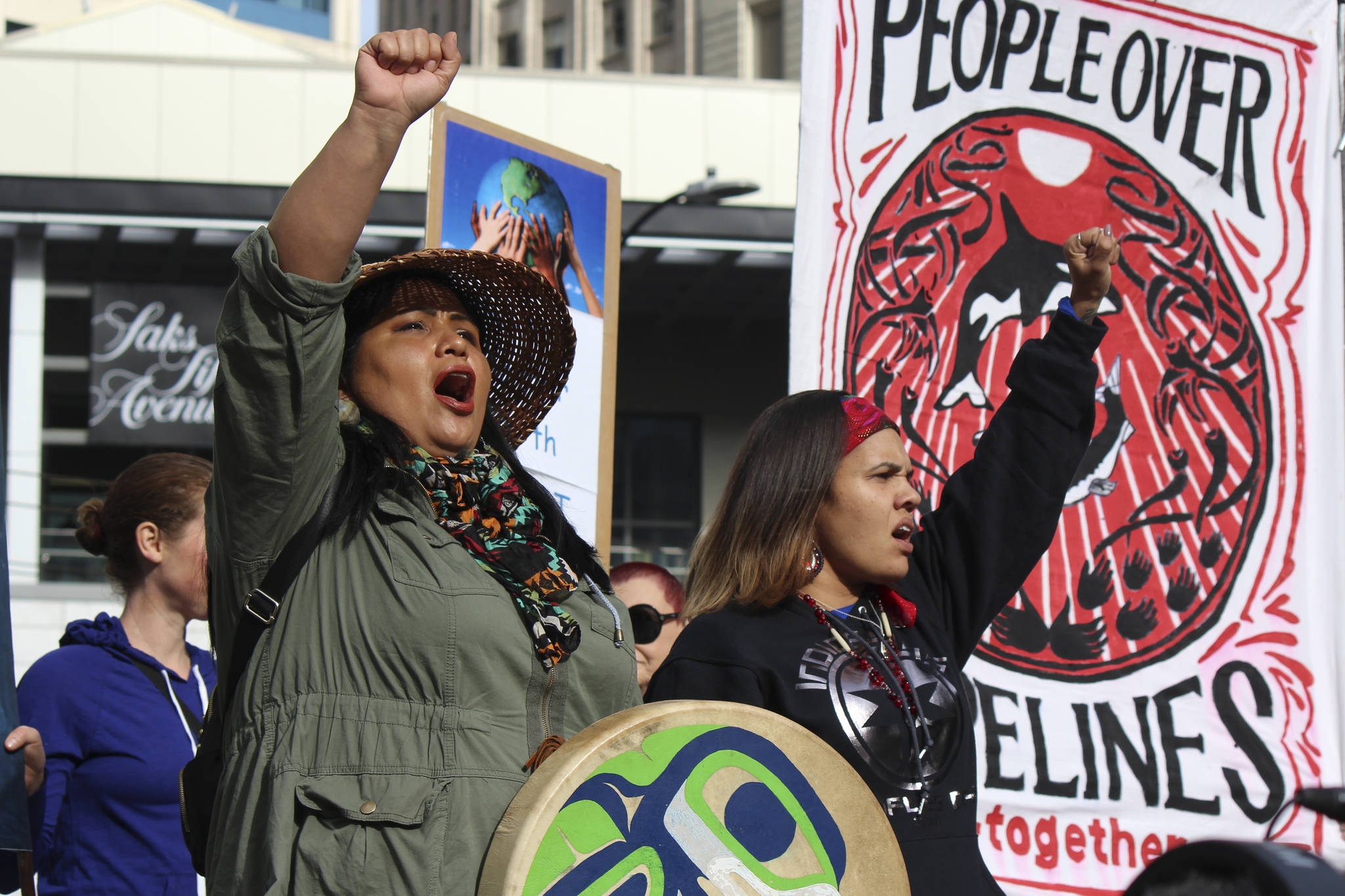Emerson Elementary parent Leah Africa, who has three sons in the school and has had at least one for the past six years, says she was as shocked as anyone that Principal Dr. Andrea Drake was put on administrative leave within a day of circulating a letter to the district that articulated some of her and other parents’ and staff’s concerns about the school’s current climate. “It was shocking, genuinely shocking,” she says. “I got the email and was like, ‘What the heck is going on?’”
Although she was geniunely concerned about what she perceived as a dysfunctional administration at Emerson, she says any correlation between that letter and Drake’s sudden suspension (and then, it turns out, reinstatement) was sheer coincidence, not coercion. “I wrote one letter,” she says. “There is no way that my lone letter had a principal removed.”
Drake’s suspension wasn’t what the letter had asked for, anyway — nor what she and other concerned parents and teachers even necessarily wanted. Emerson has seen, with this latest upheaval, four different principals in the last six years; yet another whole-school overhaul may not be in the best interest of the kids, Africa says. “There’s a definite, systemic neglect that’s been going on for years and years” and “we’ve been through enough transition,” she explains. “In my eyes, [Drake’s] removal is yet another transition for Emerson.”
The Rainier Beach school has long been underresourced and forgotten by the district, parents and teachers say. It’s been dubbed a “priority school” due to low test scores, and many Emerson students live in poverty. The school is one of five elementary schools in Seattle, for instance, that’s eligible for a federal program that provides free breakfast and lunch to all students.
“I think [Drake’s] vision is clear and I think it’s well-intentioned,” says Africa, but she remains frustrated by what she sees as a school environment that shuts out parents and bullies teachers. “When the teachers start feeling that, then the kids start feeling that… Our school can’t be successful if a leader can’t lead.”
Current teachers and staff who support Drake say they like her approach and her vision for turning around a historically low-performing school, and that she’s helped teachers with training in trauma-informed instruction and classroom management, among other things. Some of those supporters contacted the media this week with concerns, backed by the Seattle/King County NAACP, that Drake’s suspension was racially motivated. But Africa and other parents and teachers disagree.
“I feel there is harassment, or bullying, with the adults… it is not a good example for the students,” says parent Sharyl Brown, who was a teacher in Tacoma for 20 years and attended Emerson herself as a child. She adds that she’s seen several teachers cry at school recently, and that several teachers have quit since the school year began. “Emerson Elementary needs a leader and a positive role model and Drake is nothing near that,” says Seila Vorn, another Emerson parent. “We’ve lost so many wonderful teachers and staff because of her mistreatment [of them]. We lost one of my favorite teachers because of her.”
Some former Emerson teachers confirm that many did choose to leave last June when the school was dubbed a “superintendent intervention school” — a performance designation that gave teachers the option to leave and seek employment elsewhere in the district — because of hostile, ineffective management, as well as some concerns over pedagogy. One former Emerson teacher insists that “this is in no way a race issue” and another adamantly concurs. (Both teachers asked to remain anonymous as they are still employed in the district.) “Many people were uncomfortable with her approach and her interactions,” this teacher says. “This has everything to do with Dr. Drake’s leadership ability, and whether or not you agree or disagree, a strong leader unites, not divides.”
The bad feeling that Drake’s sudden leave of absence starting October 17 has generated on all sides of the issue may stem in part from what some parents and teachers see as a slow response from district officials regarding frustrations with the school and its administration that they’d been airing for the past year. Also, many object to a lack of transparency around Drake’s abrupt suspension and subsequent reinstatement.
“She was here one day and gone the next,” says teacher Dustin Cross, who supports Drake’s leadership. “I have no idea why she was put on leave,” says Brown. “None of us do.” She adds that the district sent a single, vague email about the leave of absence, followed by a print letter — both in English only — to Emerson families, many of whom speak other languages. “That is not communication, sorry. That is not communication.”
As it is a personnel issue, district spokesperson Luke Duecy is not able to comment on the details, but confirms that Drake will be returning to the school next week.
The district’s opacity on the situation also feels frustrating to some parents, teachers, and community members who suspect that race is a factor here. Seattle/King County NAACP Education Chair Rita Green compares Drake’s suspension to a situation in the district involving a white administrator who’d received 75 parent complaints, yet remained in place while under investigation; she wonders why Drake, who is black, was suddenly suspended.
Some Emerson parents are shocked that race has been brought in as an issue; still others are surprised that Drake is so divisive. “I don’t know her really well, at all,” says parent Matt Halvorson, author of a blog focused on equity in education, and thus doesn’t feel strongly one way or the other about her leadership. Mostly, he says, this should be a much larger conversation about systemic inequity in Seattle public schools.
“The vast majority of parents that have the privilege to do so are choosing another school” thanks to Emerson’s poor reputation, he says. “We have a different principal now, and almost every teacher left after last school year, [so] the faces are different… But it seems like we are still struggling with the same basic issues… still dealing with the same fundamentally underresourced, low-achieving school that we started with.” Drake has only been at Emerson for a year, he adds. “The school’s problems were… well-established before she came and will be the same after she leaves, unless we as a district and a community actually do something different to bring equity to Emerson. If she’s gonna be the one to do that, then great. If she’s not, then we need somebody to do that.”
Some current staff, like Cross, firmly believe that the school needs “more Drake and not less Drake… I have spent most of my adult life working to make Seattle a better and more just place,” he says, “and I firmly believe that supporting Drake’s return and asking for her and the school to receive its fair share of support from Seattle Public Schools is a vital part of this.”
If there’s any good news about this public outcry, Halvorson says, it’s that “people care and are willing to speak up about it and are already working on it.” Parents, teachers, staff, “We are all really invested in this… We need transformational change. I just hope that whatever decision we make now is not just more of the same.”







